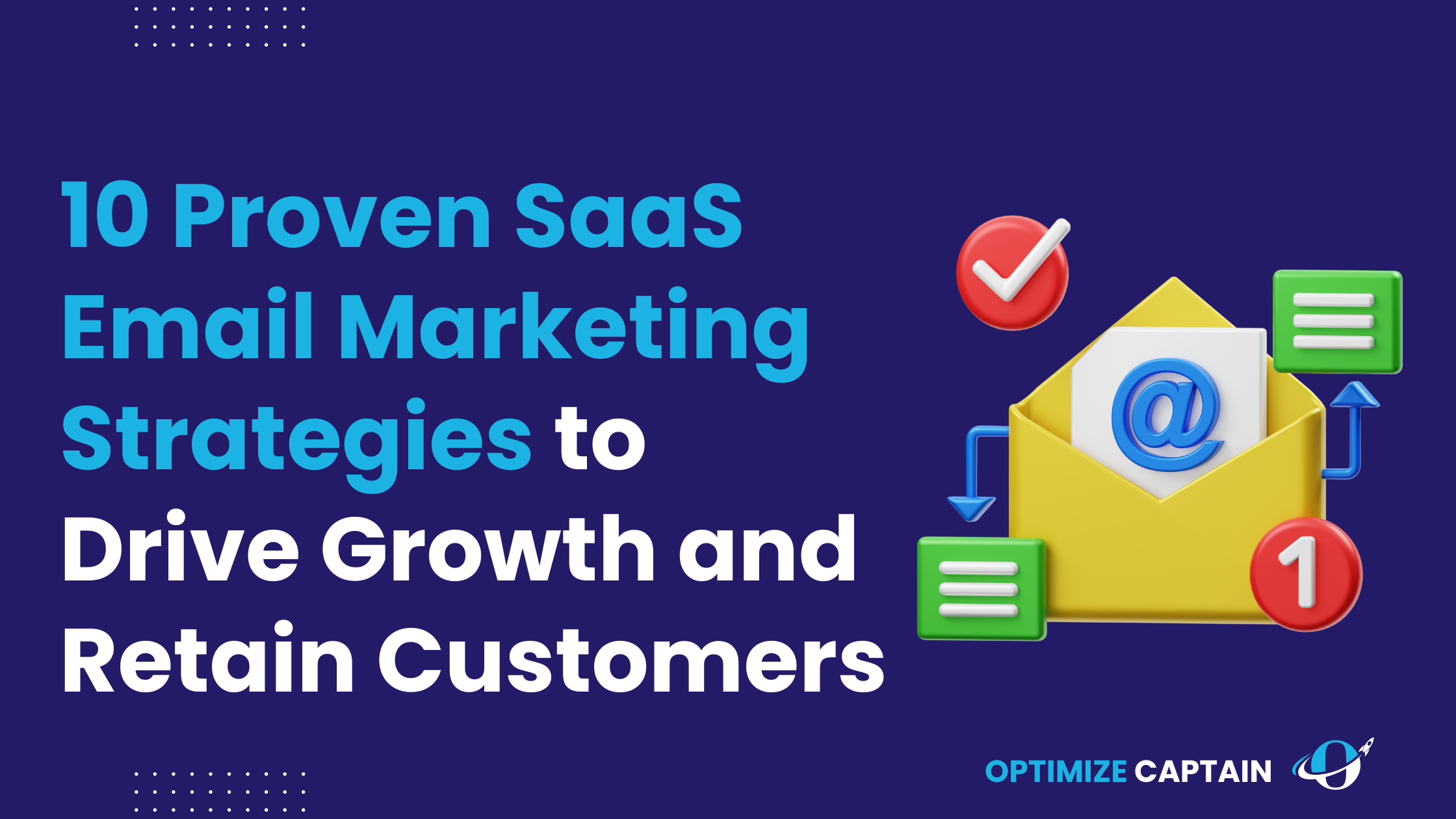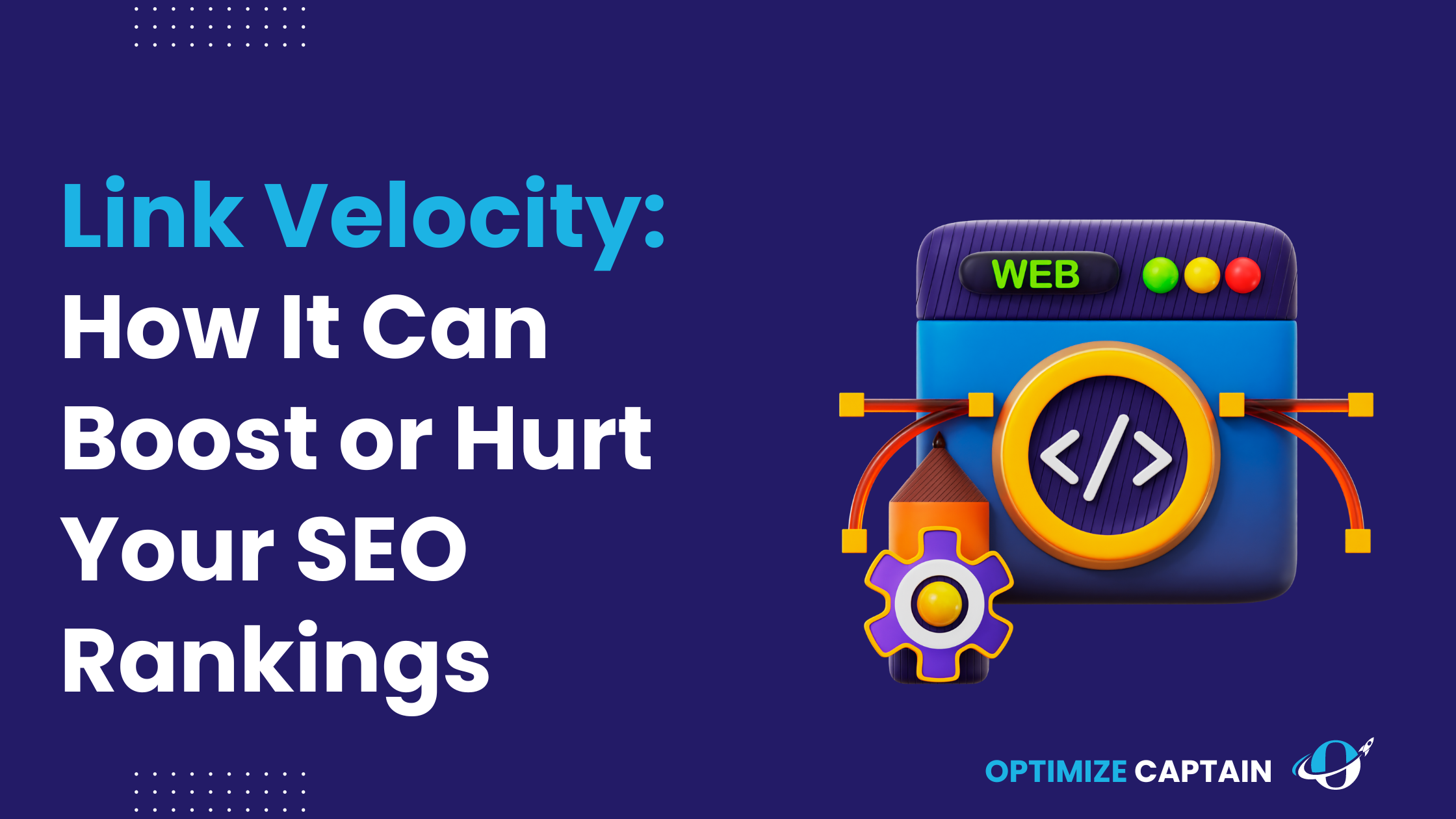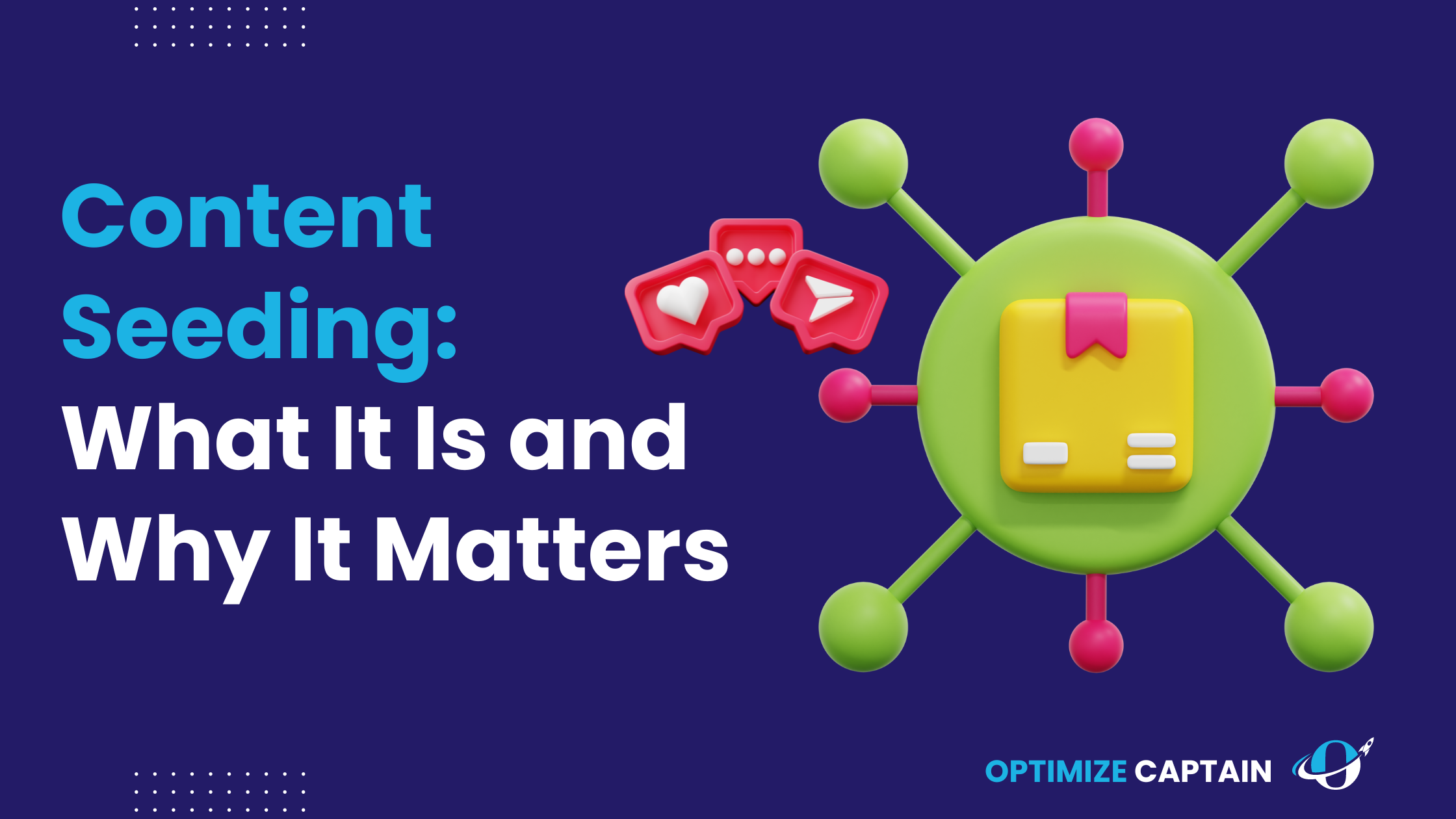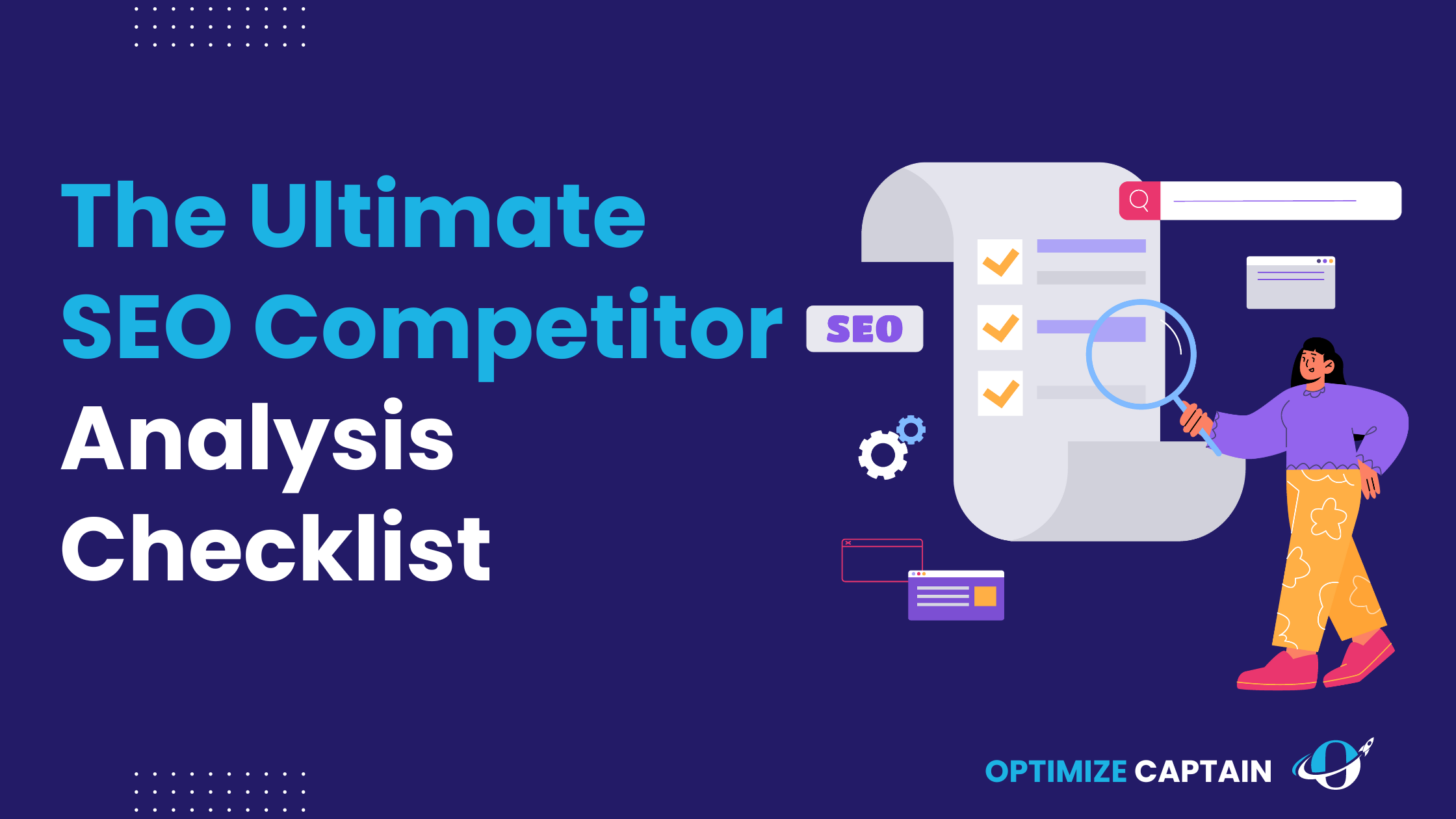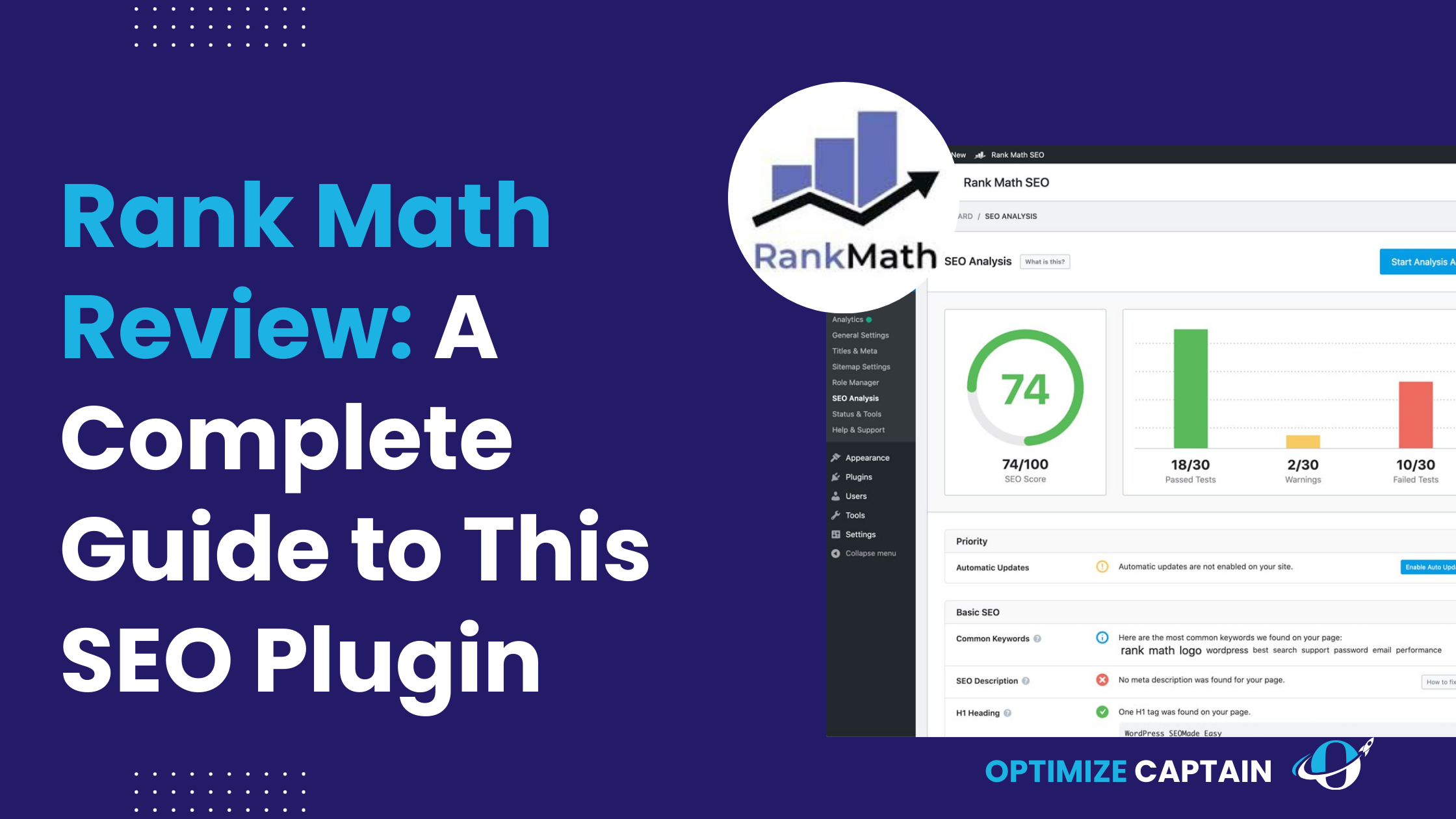Email marketing isn’t just a tool—it’s one of the strongest and most essential strategies in your SaaS playbook. When running a SaaS business, you’re not just looking for one-time buyers; you’re in it for the long haul, building lasting customer relationships. That’s where email marketing shines.
Think about it: your business depends on recurring revenue. So, keeping your customers engaged and happy isn’t just important—it’s everything. Email is the perfect way to stay connected with them, guiding them from their first sign-up to becoming loyal users who wouldn’t dream of leaving. This is crucial in reducing ‘churn ‘, which refers to the rate customers stop using your product or service.
With the right email strategy, you can do much more than send updates. You can welcome new users, help them get the most out of your product, remind them when they’re about to miss out on a feature, or even win them back if they drift away. And the best part? You can see the impact of every email you send, from open rates to conversions.
This guide will dive into how you can make the most of email marketing for your SaaS business. Whether you’re looking to fine-tune what you’re already doing or starting from scratch, we’ve got you covered with strategies that work and tips you can use right away.
What is SaaS Email Marketing?
SaaS email marketing is all about building and maintaining relationships through email. But unlike traditional businesses that might use email to promote products, SaaS companies use email to connect with customers at every stage of their journey—from when they first hear about your product to when they’re renewing their subscription for the third time.
Here’s the thing: SaaS businesses don’t thrive on one-time purchases. Your success depends on customers sticking around, using your product, and hopefully upgrading over time. Email marketing is the thread that keeps these relationships strong. It’s not just about blasting out promotions; it’s about sending the right message at the right time, tailored to each user’s needs.
For example, when someone signs up for a free trial, you can send a welcome email to guide them through the initial setup. As they start using your product, you can send tips and best practices to help them get the most out of it. And if they stop logging in, a friendly nudge might bring them back. This is the essence of sending the ‘right message at the right time ‘.
Why Every SaaS Needs a Solid Email Marketing Strategy
Email marketing is more than just sending out newsletters—it’s a key part of your SaaS marketing strategy to grow and retain your customer base. For SaaS companies, where customer relationships are ongoing, and revenue is tied to subscriptions, having a well-thought-out email marketing strategy isn’t just beneficial—it’s essential.
Here’s why:
1. Customer Retention is Crucial:
SaaS businesses rely heavily on retaining customers over the long term. It’s not just about getting users to sign up; it’s about keeping them engaged, happy, and subscribed. Regular, targeted emails help maintain that connection. Whether it’s a simple check-in or a helpful tip on using a feature, these communications keep your product at the top of your mind and your customers feeling valued.
2. Personalization Drives Engagement:
In the SaaS world, you have access to a lot of data about your users—how they use your product when they sign up and what features they rely on the most. Email marketing lets you leverage this data to create personalized experiences. By tailoring your messages to individual user behaviors and preferences, you can significantly increase open rates, click-through rates, and conversions.
3. It Supports the Entire Customer Lifecycle:
Email marketing plays a role from the moment someone hears about your product to the day they become a loyal customer. You can use emails to nurture leads, onboard new users, educate them about your product, and even re-engage those who might be drifting away. It’s about being present at every stage of the customer journey and providing the right information at the right time.
4. High ROI:
Email marketing consistently delivers one of any marketing channel’s highest returns on investment. You can expect a substantial return for every dollar spent—often more than any other digital marketing method. This is especially important for SaaS companies, where marketing budgets can be tight, and efficiency is critical.
5. Data-Driven Decisions:
One of the most significant advantages of email marketing is that everything is measurable. You can track open rates, click-through rates, conversions, and more. This data allows you to continuously refine and improve your strategy, ensuring you always get the most out of your efforts.
Essential Tools for Scaling Your SaaS Email Marketing Efforts
To run an effective email marketing campaign, you need the right tools. The tools you choose can make or break your strategy, especially in the fast-paced SaaS world where personalization, automation, and analytics are key. Here’s a look at the essential tools every SaaS company should consider:
1. Email Marketing Platforms: For general email marketing, platforms like Mailchimp and ActiveCampaign are popular. They offer a range of features, from customizable templates to basic automation. However, SaaS companies often require more specialized tools to handle the unique demands of lifecycle emails and customer data management.
For this, consider using platforms like Customer.io or Userlist. These tools are designed explicitly for SaaS businesses and offer more robust features like advanced segmentation and behaviour-based triggers. With these platforms, you can send highly personalized emails based on how users interact with your product.
Example: A SaaS company might use Customer.io to automatically send onboarding emails to new users, offering tips on how to get started based on the features they’ve shown interest in during their trial period.
2. Automation & Analytics Tools: Automation is the backbone of scaling your email marketing efforts. Tools like Drip and HubSpot allow you to set up complex workflows that can nurture leads, engage existing customers, and even re-engage inactive ones.
But automation isn’t just about sending emails; it’s about sending the right emails at the right time. These tools also provide in-depth analytics, so you can track your emails’ performance—whether it’s open rates, click-through rates, or conversion rates. This data is crucial for making informed decisions and continuously improving your campaigns.
Stat: According to a study by Campaign Monitor, businesses that use automation see a 320% increase in revenue compared to those that don’t.
3. Transactional Email Services: Transactional emails—like order confirmations, password resets, and billing notifications—are critical to the user experience. They need to be delivered instantly and reliably, which means they require a different set of tools than standard marketing emails.
For transactional emails, consider services like SendGrid or Postmark. These platforms are built to handle high volumes of transactional emails with the speed and reliability that your customers expect.
Tip: Even though transactional emails are primarily functional, don’t miss the opportunity to add a bit of value. For example, you could include a tip or a link to a helpful resource in a password reset email, subtly enhancing the user experience.
4. CRM Integration: To truly personalize your email marketing, you need to integrate your email platform with a customer relationship management (CRM) system. This integration allows you to use customer data more effectively, ensuring that your emails are not just timely but also highly relevant.
Tools like Salesforce or HubSpot CRM can sync seamlessly with email marketing platforms, allowing you to segment your audience and tailor your messaging based on customer interactions, purchase history, and more.
While Mailchimp offers basic CRM functionalities, integrating with a dedicated CRM like Salesforce provides much deeper insights and control, especially for larger SaaS businesses with complex customer journeys.
Breaking Down the Essential SaaS Email Categories
To make the most of your email marketing efforts, it’s important to understand the different types of emails that SaaS companies should be sending. Each category serves a unique purpose and targets a specific stage of the customer journey. Here are the main types:
1. Onboarding Emails: Onboarding emails are your first opportunity to make a great impression. These emails guide new users through the initial steps of using your product, helping them get up to speed quickly and start seeing value. A well-crafted onboarding sequence can significantly reduce churn by ensuring that users don’t feel lost or overwhelmed when they first start using your product.
Example: Slack uses a series of onboarding emails to introduce new users to its features, gradually guiding them from basic setup to more advanced functionalities. This approach helps users feel more comfortable and engaged, increasing the likelihood that they’ll stick around.
2. Lifecycle Emails: Lifecycle emails are designed to nurture users through different stages of their journey with your product. These can include anything from trial-to-paid conversion emails, feature updates, to loyalty rewards. The goal is to keep users engaged, informed, and moving toward becoming long-term, loyal customers.
Tip: Use lifecycle emails to address common pain points proactively. For instance, if you know users tend to drop off after a certain period, email them with tips or resources to help them get past that hurdle.
3. Transactional Emails: These are the essential, service-based emails users expect to receive after specific actions, like signing up, resetting a password, or making a payment. While transactional emails are often seen as purely functional, they’re an excellent opportunity to reinforce your brand’s value.
Stat: Transactional emails have some of the highest open rates—up to 80% or more—making them a valuable touchpoint for additional engagement.
4. Re-Engagement Emails: Over time, some users might become inactive or stop engaging with your product. Re-engagement emails are designed to win them back. They could include special offers, reminders of what they’re missing, or highlights of new features they haven’t tried yet.
Re-engagement emails often have a different tone from regular marketing emails. They focus on reigniting interest rather than introducing new concepts. Think of them as the “we miss you” nudge that can bring users back into the fold.
1. Personalization: Speak Directly to Your Users
Personalization is key to effectively engaging your users. Tailoring your emails based on user behaviour and preferences makes your communication more relevant and impactful. Here are some ways to personalize your emails:
- By User Activity: Send emails based on how users interact with your product (e.g., feature usage).
- By Subscription Level: Customize messages for free trial users vs. paying customers.
- By Purchase History: Suggest products or features based on past purchases.
- By Engagement Level: Target inactive users with re-engagement campaigns.
- By Location: Personalize offers or content based on the user’s location.
2. Drip Campaigns: Nurture Leads Over Time
Drip campaigns are automated sequences of emails that nurture leads by delivering the right content at the right time. Here’s how to structure an effective drip campaign:
- Welcome Email: Introduce your product and set expectations.
- Educational Content: Provide tips or tutorials to help users get the most out of your product.
- Social Proof: Share customer success stories or testimonials.
- Objection Handling: Address common concerns or barriers to purchasing.
- Call to Action: Encourage users to take the next step, such as upgrading to a paid plan.
3. Behavioral Targeting: Trigger Emails Based on User Actions
Behavioral targeting allows you to send emails triggered by specific user actions, making your communication more timely and relevant. Here’s how to get started:
- Login Reminders: Email if a user hasn’t logged in for a certain period.
- Feature Highlights: Highlight a feature based on what the user frequently interacts with.
- Abandoned Cart: Remind users to complete their purchase or upgrade.
- Milestone Celebrations: Celebrate user achievements, like completing a task or hitting a usage milestone.
- Inactivity Alerts: Re-engage users who haven’t interacted with your product recently.
4. NPS Campaigns: Leverage Customer Feedback for Growth
Net Promoter Score (NPS) campaigns help you measure customer satisfaction and gather valuable feedback. By understanding how likely your users are to recommend your product, you can tailor your marketing efforts to boost advocacy and address any pain points. Here’s how to effectively use NPS:
- Survey Timing: Send NPS surveys at key moments, such as after a user has completed a significant task or milestone within your product.
- Segment Responses: Categorize users into promoters, passives, and detractors based on their scores.
- Follow-Up Actions:
- Promoters: Encourage them to refer others by offering incentives or sharing referral links.
- Detractors: Reach out with personalized messages to address their concerns and improve their experience.
- Use Feedback: Incorporate positive feedback into testimonials or case studies for marketing purposes.
Example: Many SaaS companies use NPS surveys to identify their most loyal customers and turn them into brand advocates, which can significantly increase referral rates and customer retention.
Tip: Regularly review NPS feedback to spot trends and proactively address common issues before they escalate.
5. Educational Content: Provide Value Beyond Your Product
Educational emails are a great way to provide ongoing value to your customers, helping them make the most of your product while positioning your company as a thought leader. Here’s how to implement this strategy:
- Content Types:
- How-To Guides: Offer step-by-step instructions on how to use your product features.
- Industry Insights: Share trends, news, or data that’s relevant to your users.
- Case Studies: Highlight how other customers have successfully used your product.
- Frequency: Send educational content regularly, but balance it with other types of emails to avoid overwhelming your subscribers.
- Personalization: Tailor educational content to different user segments based on their engagement level or industry.
Stat: Educational emails can boost click-through rates by up to 152% compared to purely promotional emails.
6. Referral Programs: Turn Your Customers into Advocates
Referral programs can be a powerful way to grow your customer base organically. By incentivizing your existing users to refer others, you can tap into new audiences with minimal cost. Here’s how to set up an effective referral program:
- Incentives: Offer meaningful rewards for both the referrer and the referred user. This could be an extended free trial, discounts, or access to premium features.
- Promotion: Use targeted emails to promote your referral program, making it easy for users to share their unique referral links.
- Tracking: Use a robust tracking system to ensure that referrals are accurately attributed and rewards are automatically distributed.
Example: Dropbox’s referral program is a classic example, offering additional storage space as an incentive. This simple but effective strategy significantly contributed to Dropbox’s rapid growth.
Tip: Make the referral process as seamless as possible—users are more likely to participate if it’s quick and easy.
7. Customer Feedback Emails: Improve Through User Insights
Regularly collecting and acting on feedback can improve customer retention by up to 33%. Feedback emails provide a simple way to collect this information and show your users that you value their opinions. Here’s how to effectively use feedback emails:
- Timing: Send feedback requests after key interactions, such as after a support ticket is closed or following a product update.
- Question Types: Keep questions short and focused. For example, ask users to rate their satisfaction or provide a brief comment on their experience.
- Actionable Insights: Analyze feedback to identify patterns and make data-driven improvements to your product or service.
Example: SurveyMonkey uses feedback emails to continually refine its product and service offerings, leading to higher customer satisfaction and retention.
8. Upsell/Cross-Sell Emails: Maximize Customer Value
In the SaaS world, upselling and cross-selling are essential for maximizing the lifetime value of your customers. By recommending additional features or higher-tier plans, you can help users get even more out of your product while boosting your revenue. Here’s how to implement upsell and cross-sell emails effectively:
- Identify Opportunities:
- Usage Data: Monitor how customers are using your product. If they frequently use certain features, suggest related premium features or higher-tier plans that could enhance their experience.
- Subscription Tiers: Target users on basic plans with compelling reasons to upgrade to a premium plan. Highlight exclusive features or increased usage limits that align with their current needs.
- Timing: Send upsell emails when a user has reached a usage milestone or is close to exceeding their current plan’s limits. Cross-sell emails can be triggered when users adopt a new feature that pairs well with another paid feature.
- Message Clarity: Focus on the additional value the user will gain from upgrading. Use clear, concise language and make it easy for them to take action.
Example: A project management SaaS could offer a premium plan to users who are regularly hitting their project limit on a free or lower-tier plan. The email could highlight benefits like unlimited projects, priority support, or advanced reporting features.
Tip: Use customer testimonials or case studies to show how other users have benefited from upgrading or adding additional features. This social proof can be a powerful motivator.
9. Event-Triggered Emails: Capitalize on Key Moments
Event-triggered emails are a highly effective way to keep users engaged by sending messages that are relevant to their actions within your product. These emails can celebrate achievements, remind users of important dates, or encourage further engagement. Here’s how to make the most of event-triggered emails in a SaaS context:
- Key Triggers:
- Subscription Anniversaries: Celebrate the user’s annual subscription anniversary with a special offer or a simple thank you. This can be a great time to suggest an upgrade or a referral program.
- Usage Milestones: Congratulate users when they reach a significant usage milestone, such as completing their 100th task or achieving a new level of proficiency within your software.
- Feature Adoption: If a user has recently started using a new feature, send them tips on how to make the most of it, along with suggestions for complementary features.
- Personalization: Tailor these emails to reflect the specific achievement or event. For example, include details about what the user has accomplished and how they can continue to benefit from your product.
Example: Trello sends emails to users when they reach milestones like creating their 10th board, encouraging them to explore additional features that could enhance their productivity.
10. Re-Engagement Emails: Win Back Dormant Users
Even the best SaaS products will have users who become inactive over time. Re-engagement emails are designed to win these users back by reminding them of your product’s value and encouraging them to take another look. Here’s how to effectively use re-engagement emails:
- Identify Dormant Users: Set criteria for what qualifies as inactivity, such as not logging in for 30 days or not using a particular feature for an extended period.
- Content:
- Reminder of Value: Highlight the key benefits of your product and how it can solve their problems. Include any new features or improvements since they last used it.
- Incentives: Offer a discount or a limited-time offer to encourage users to return and re-engage with your product.
- Simple CTA: Make it easy for users to log back in or re-engage with a clear and compelling call to action.
Example: An email from a SaaS company could remind users of the features they haven’t tried yet and offer a discount on their next month’s subscription if they log in and start using those features again.
Conclusion
Mastering email marketing is crucial for any SaaS business aiming to drive sustainable growth. By implementing strategies tailored specifically for SaaS—such as lifecycle emails, personalized content, and event-triggered campaigns—you can create deeper connections with your users and guide them toward greater engagement and loyalty. Each email should be more than just a touchpoint; it should offer value, encourage action, and reinforce why your product is the right choice for them. With a thoughtful and data-driven approach, your email marketing efforts can become a cornerstone of your success, helping you to not only retain customers but also turn them into advocates for your brand.
FAQ’s
1.How to Do Email Marketing for SaaS?
Email marketing for SaaS involves segmenting your audience, creating personalized and automated campaigns like onboarding sequences and drip campaigns, using behavioral triggers, and regularly analyzing performance to optimize your strategy.
2.What Are Some Email Marketing Strategies?
Some effective strategies include segmentation, personalized content, automated drip campaigns, behavioral triggers, A/B testing, and re-engagement campaigns to win back inactive users.
3.Why Is Email Marketing Important for SaaS?
Email marketing is crucial for SaaS because it helps with customer retention, lifecycle marketing, personalized communication, and provides high ROI with data-driven insights.
4.What Tools Are Best for SaaS Email Marketing?
Tools like Mailchimp, ActiveCampaign, Customer.io, and HubSpot are great for SaaS email marketing, offering features like automation, segmentation, and analytics
5.How Can You Improve SaaS Email Deliverability?
Improve deliverability by regularly cleaning your email list, using double opt-in, avoiding spammy language, authenticating your domain with SPF/DKIM, and monitoring sender reputation.

